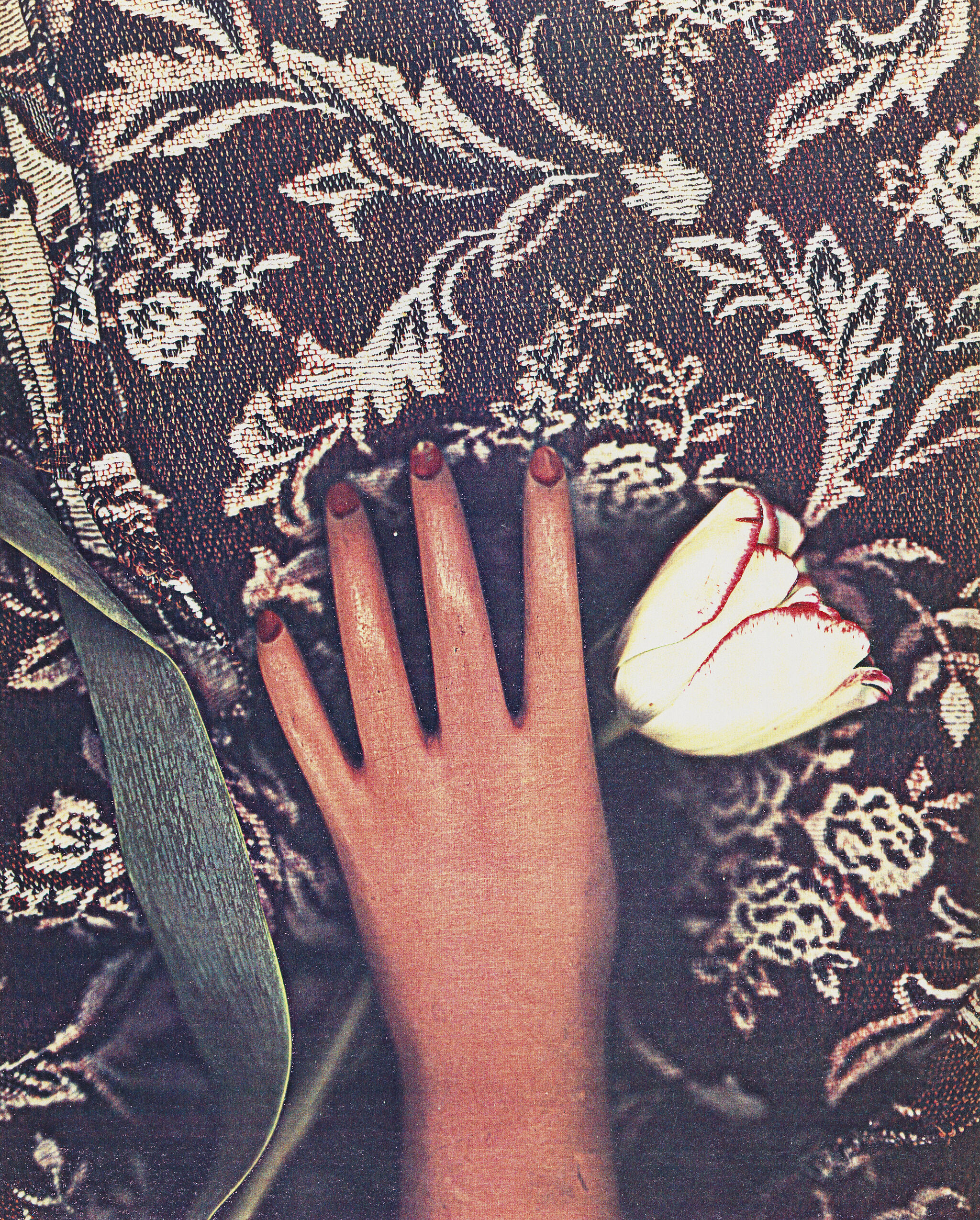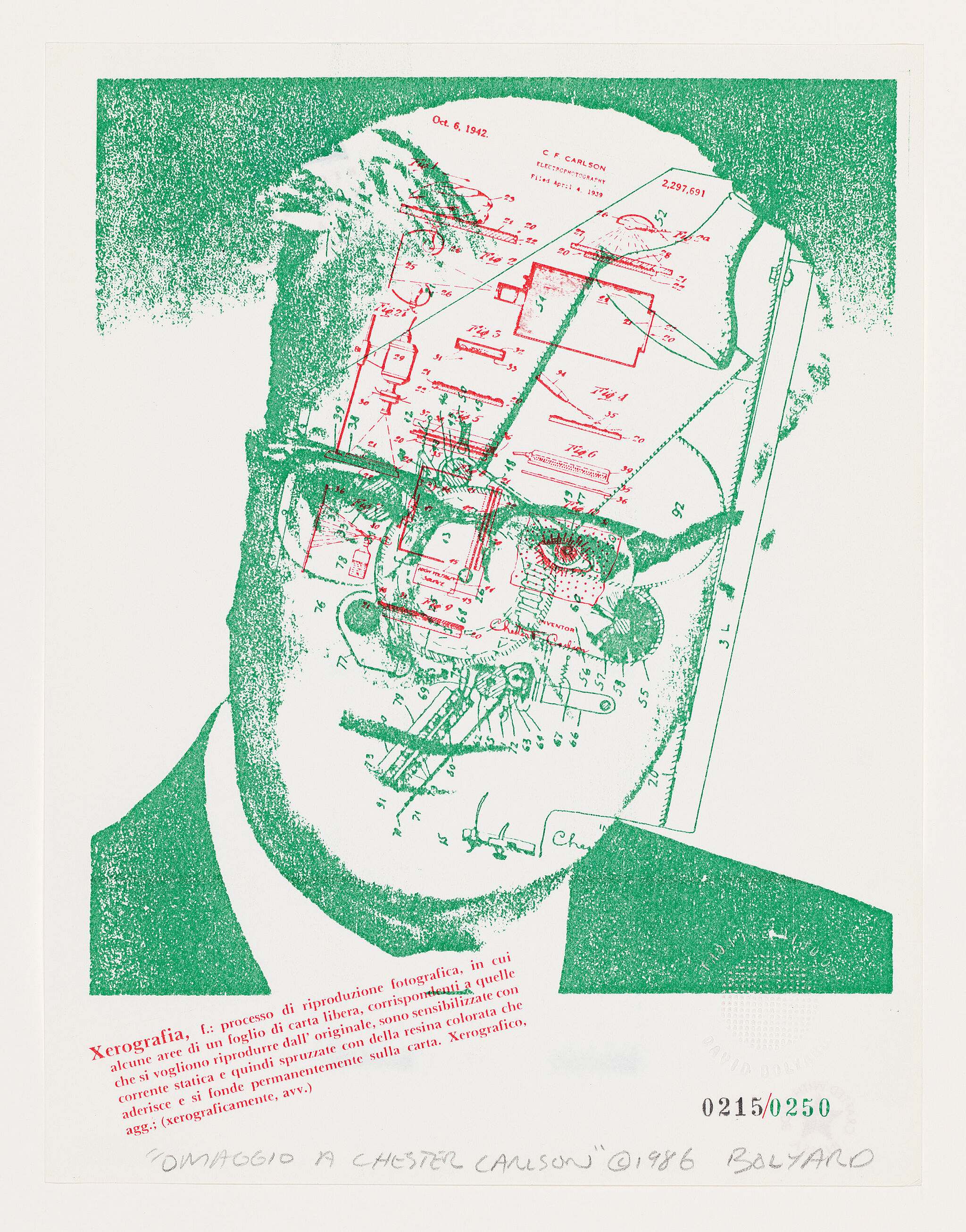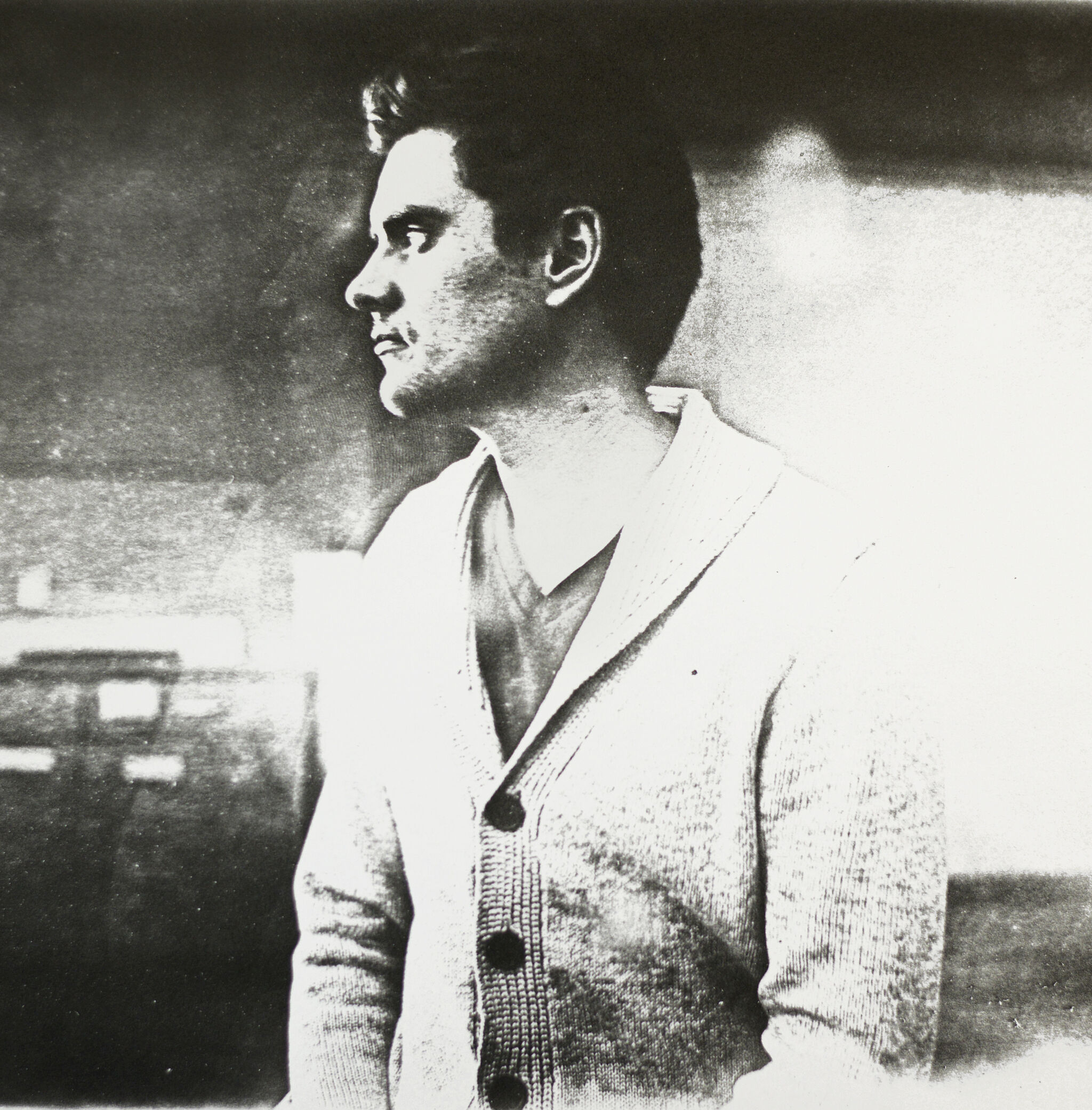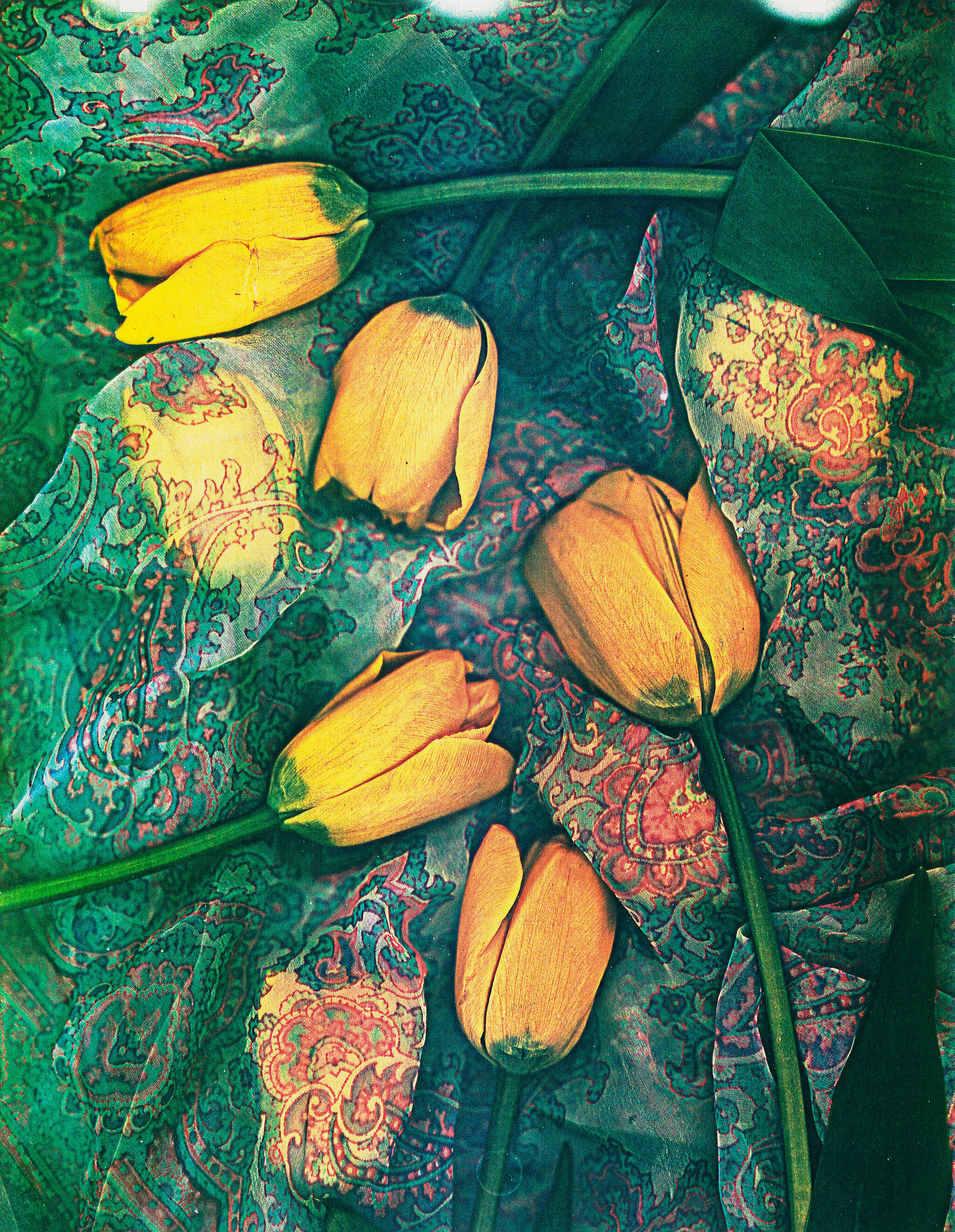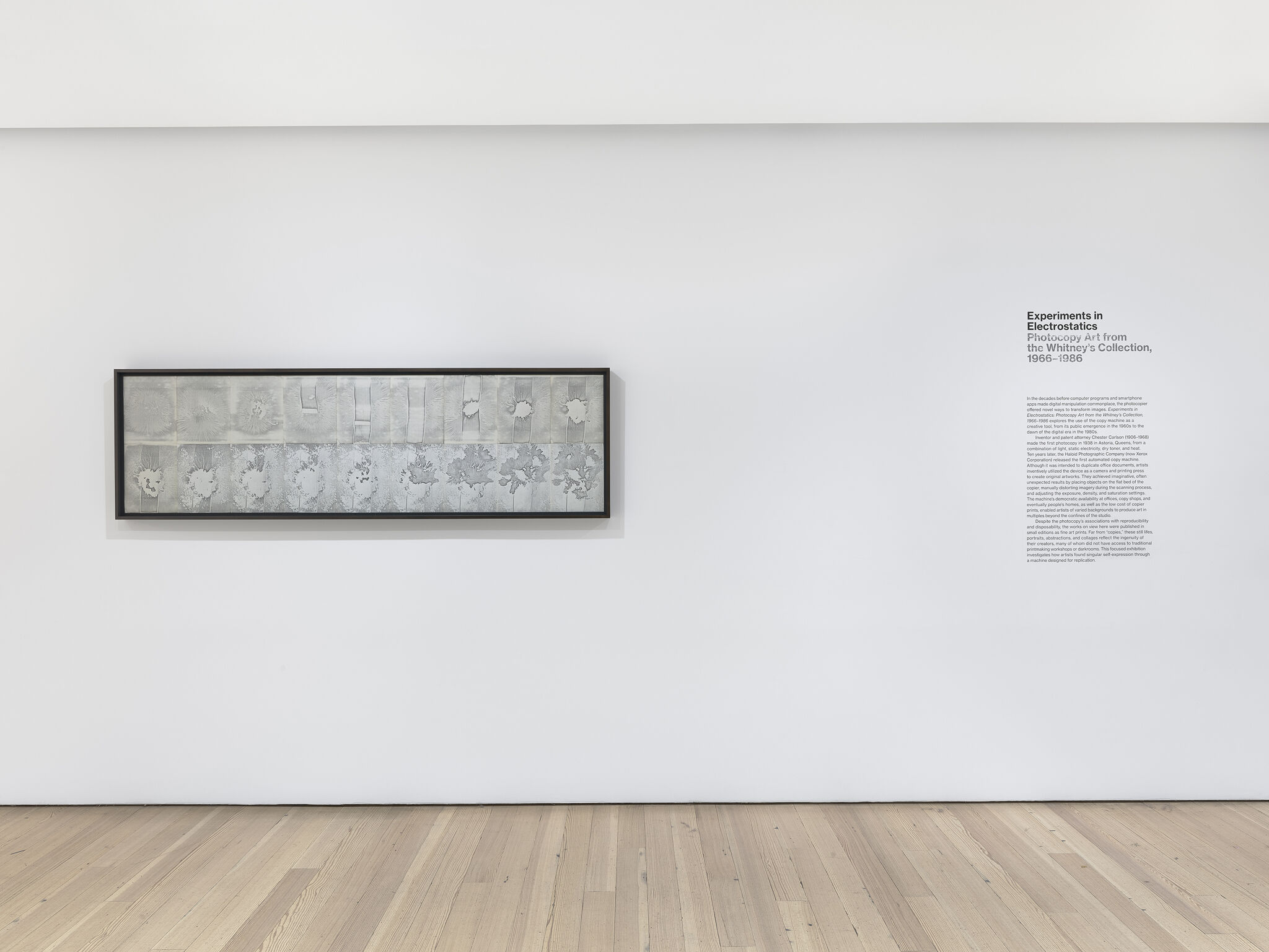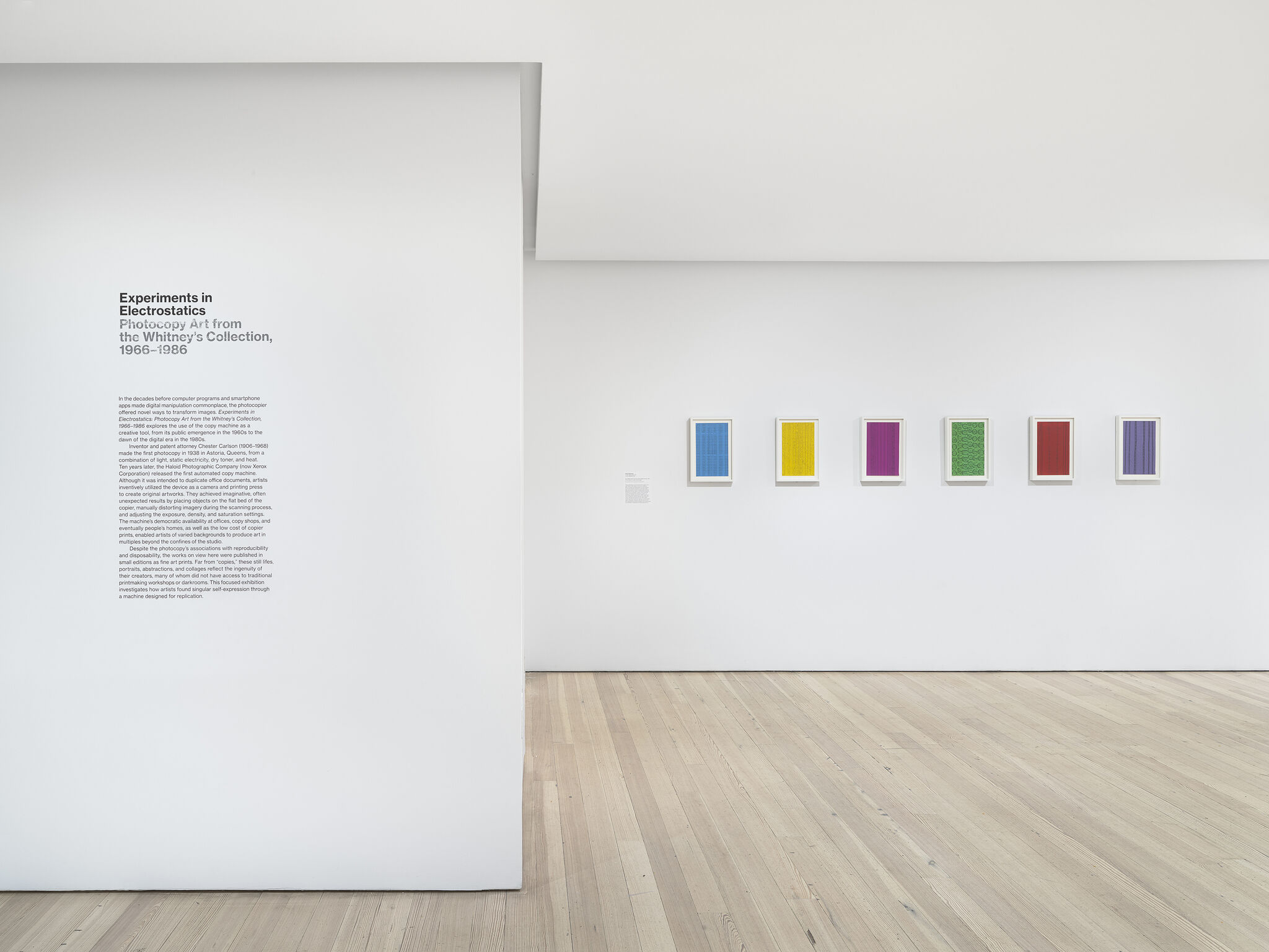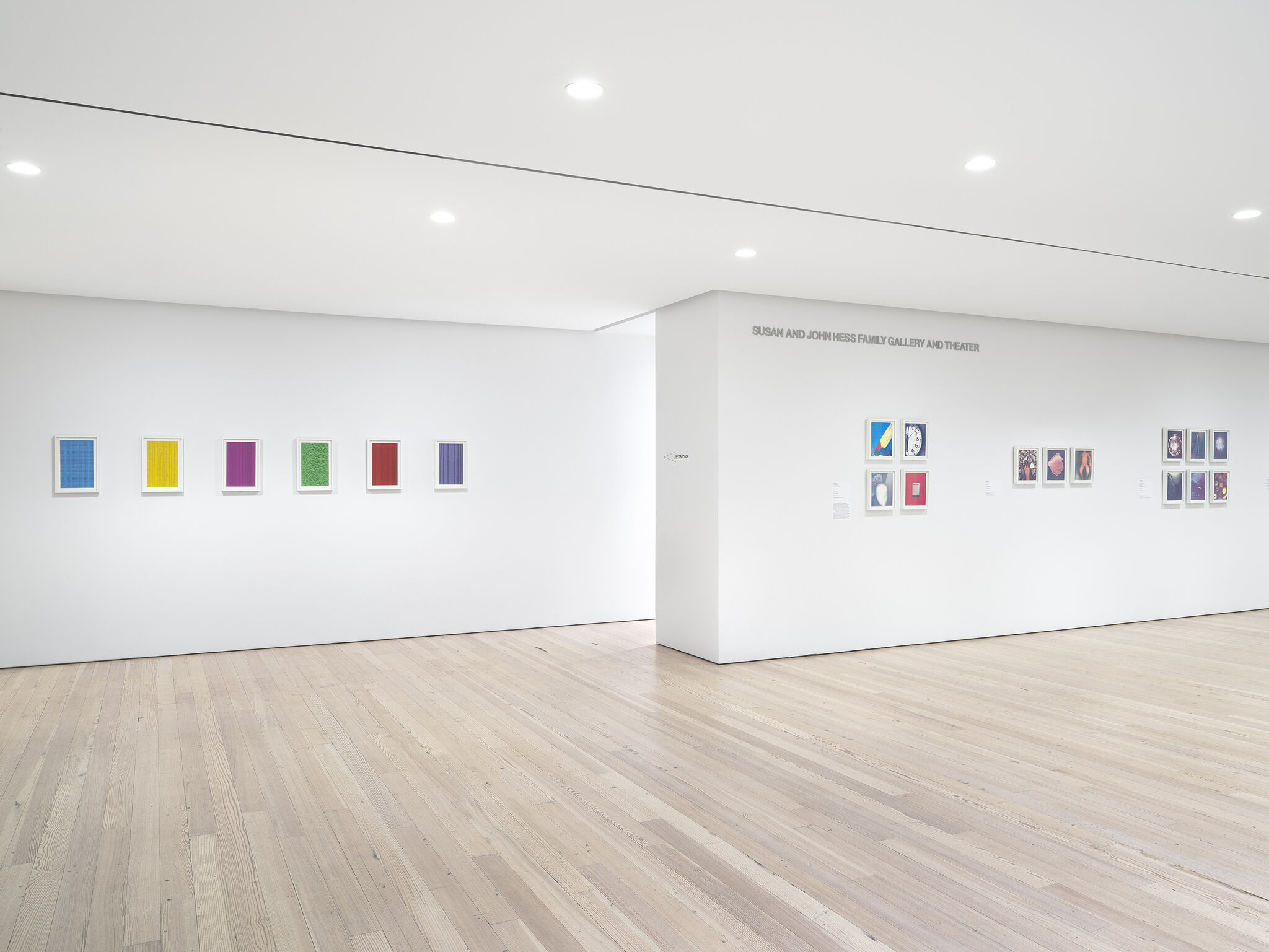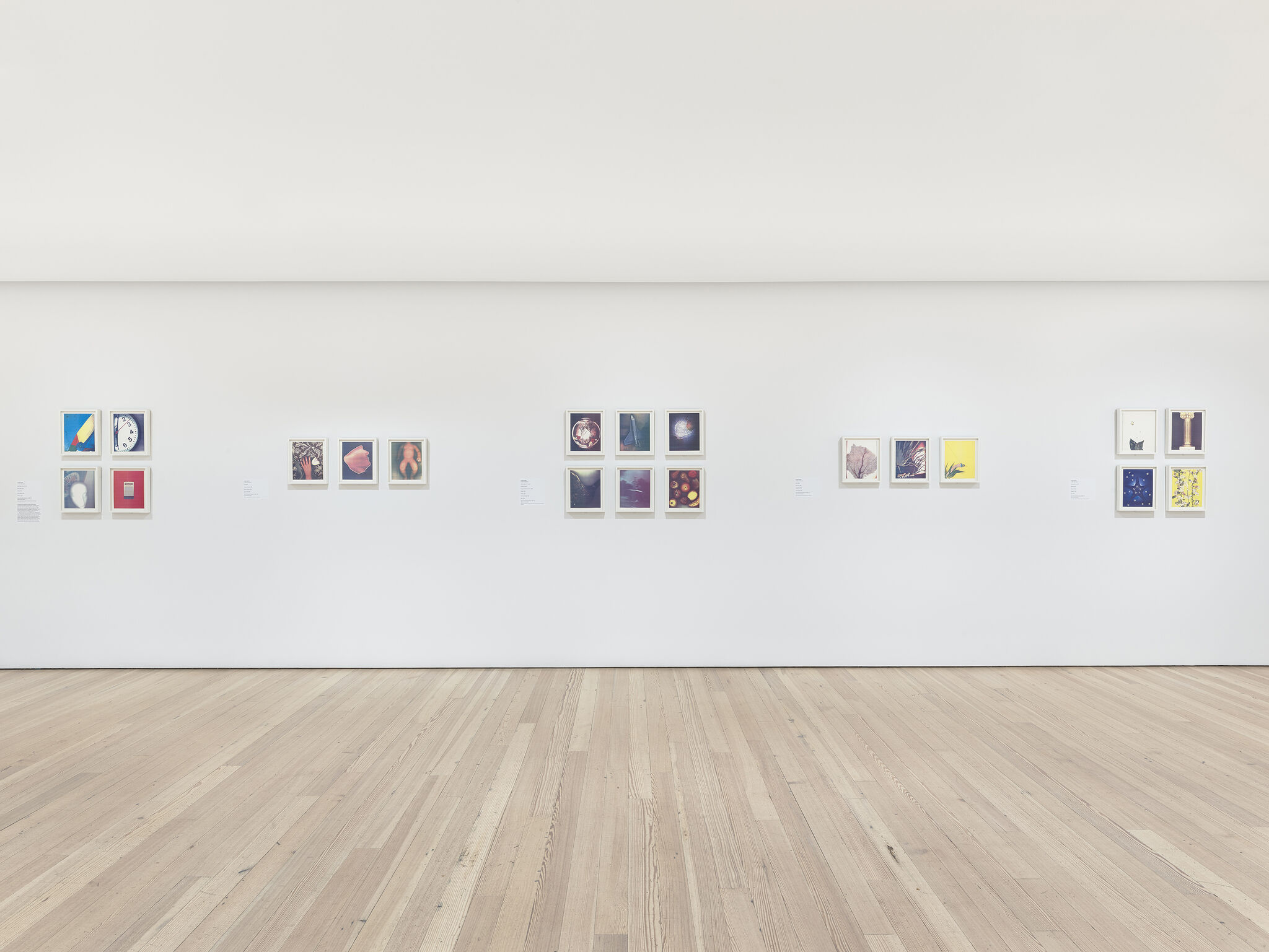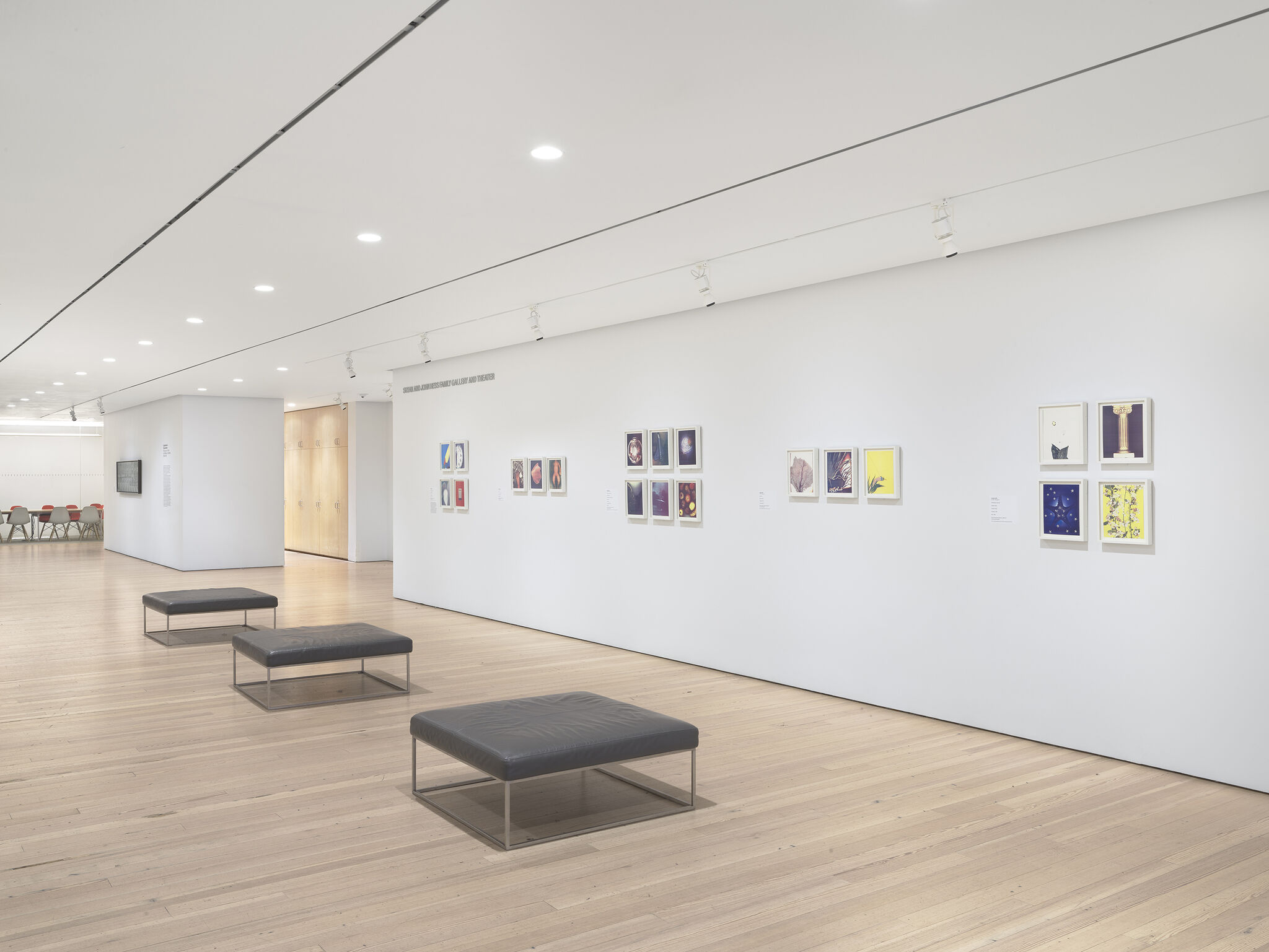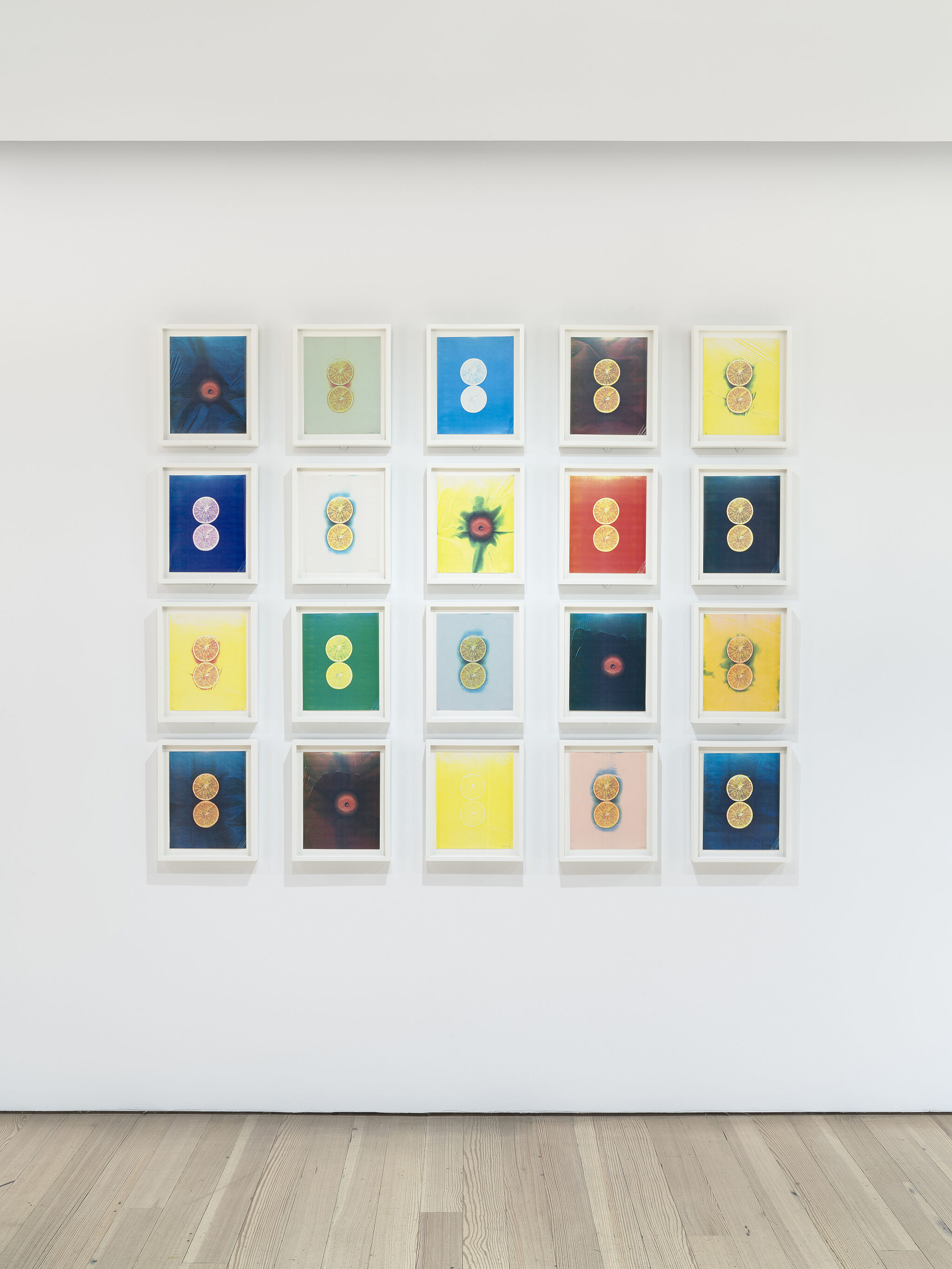Experiments in Electrostatics:
Photocopy Art from the Whitney’s
Collection, 1966–1986
Nov 17, 2017–Mar 25, 2018
Experiments in Electrostatics: Photocopy Art from the Whitney’s Collection, 1966–1986 explores the use of the photocopier as a creative tool, from its public emergence in the 1960s to the dawn of the digital era in the 1980s. Despite the machine’s intended function to reproduce office documents, artists inventively utilized it as a camera and printing press to create original fine art prints. They placed objects on the flatbed, distorted imagery in the process of scanning, and manipulated the exposure, density, and saturation settings to achieve imaginative, often unexpected results. Far from “copies,” these still lifes, portraits, abstractions, and collages reflected the ingenuity of their makers. Focusing on three artists and one collective—Edward Meneeley, Lesley Schiff, Barbara T. Smith, and the International Society of Copier Artists—this exhibition investigates how artists found self-expression through a machine designed for replication.
Experiments in Electrostatics is organized by Michelle Donnelly, curatorial fellow.
International Society of Copier Artists
4
Founded by photographer, printmaker, and painter Louise Neaderland in 1982, the International Society of Copier Artists (I.S.C.A.) (active 1982–2003, New York, NY) promoted the recognition of photocopy art as a legitimate medium through lectures, exhibitions, workshops, and the I.S.C.A. Quarterly, which assembled and bound original xerographic art. Though little information about the organization is available today, it consisted of nearly five hundred members, half of whom were women. The I.S.C.A. enabled these largely amateur artists to share their work with networks around the globe long before the rise of social-media platforms. Produced on the occasion of the I.S.C.A.’s 1986 exhibition in Bologna, Italy, these prints demonstrate the remarkable range of styles, subjects, and techniques of its members.

